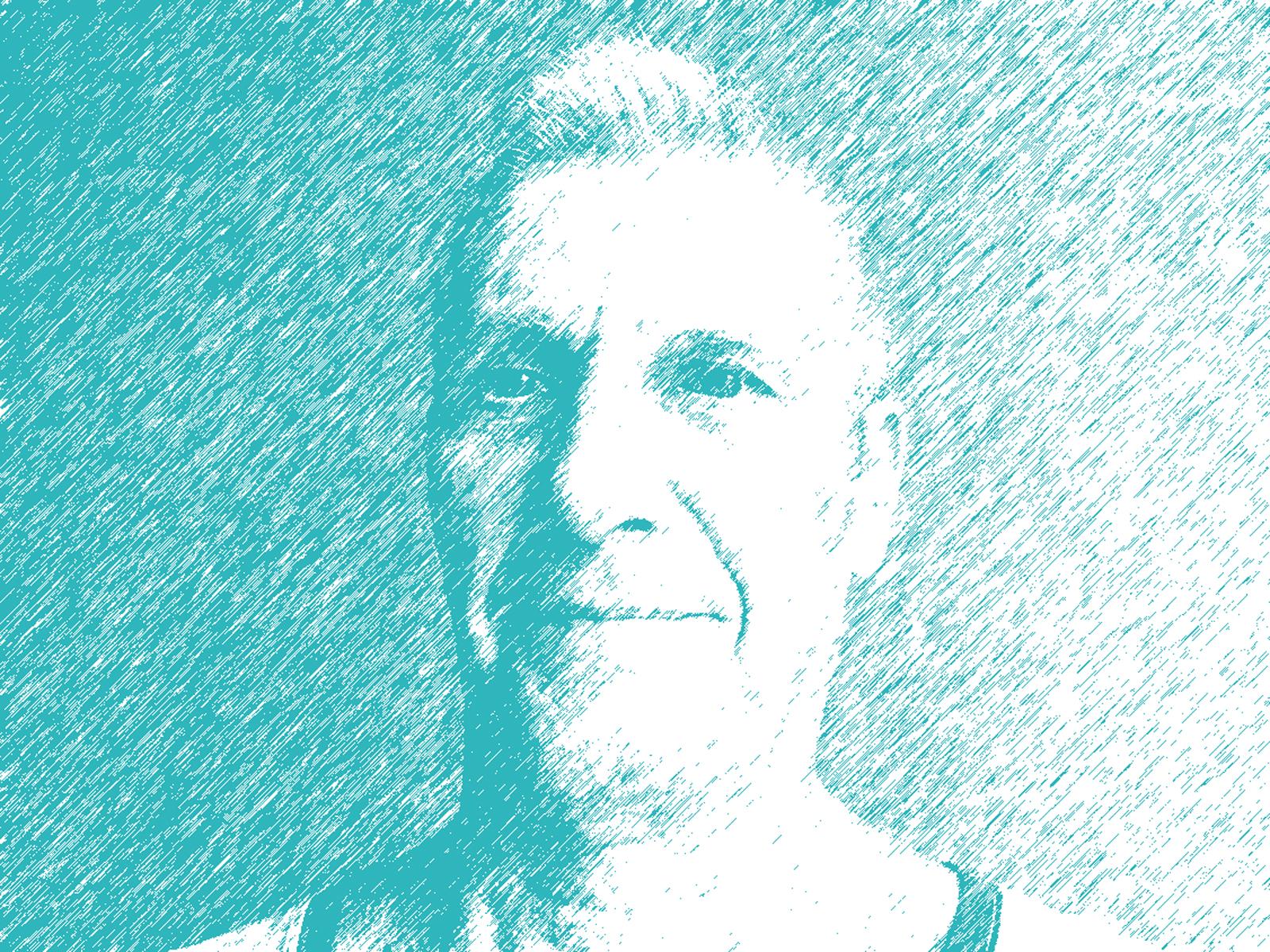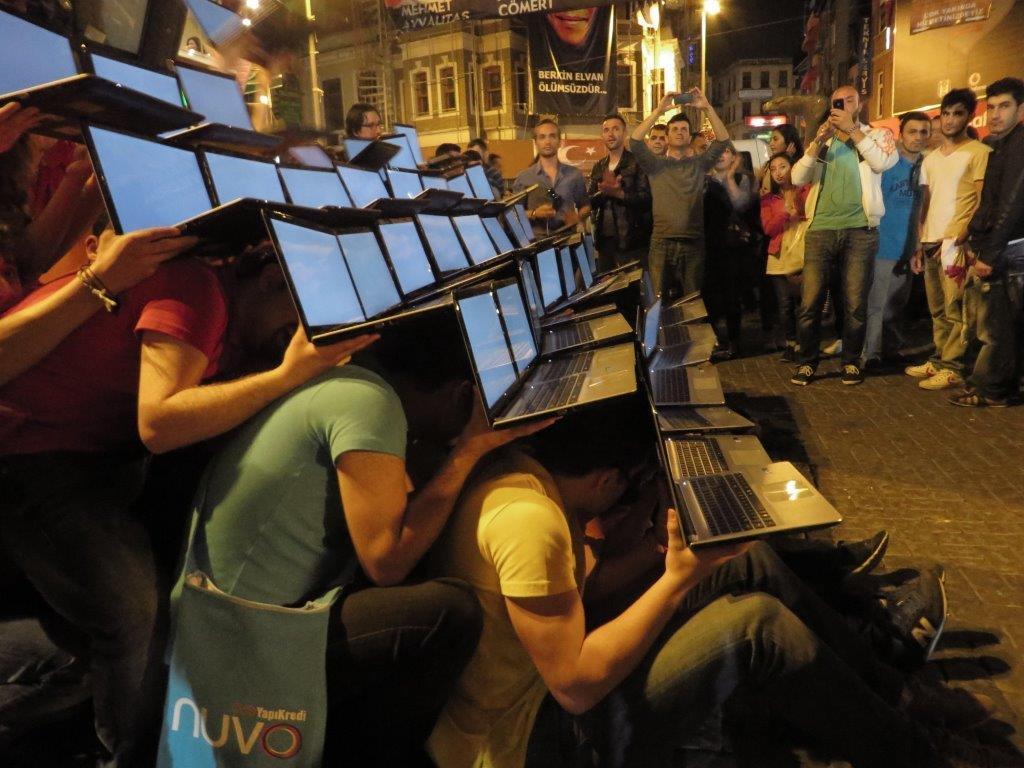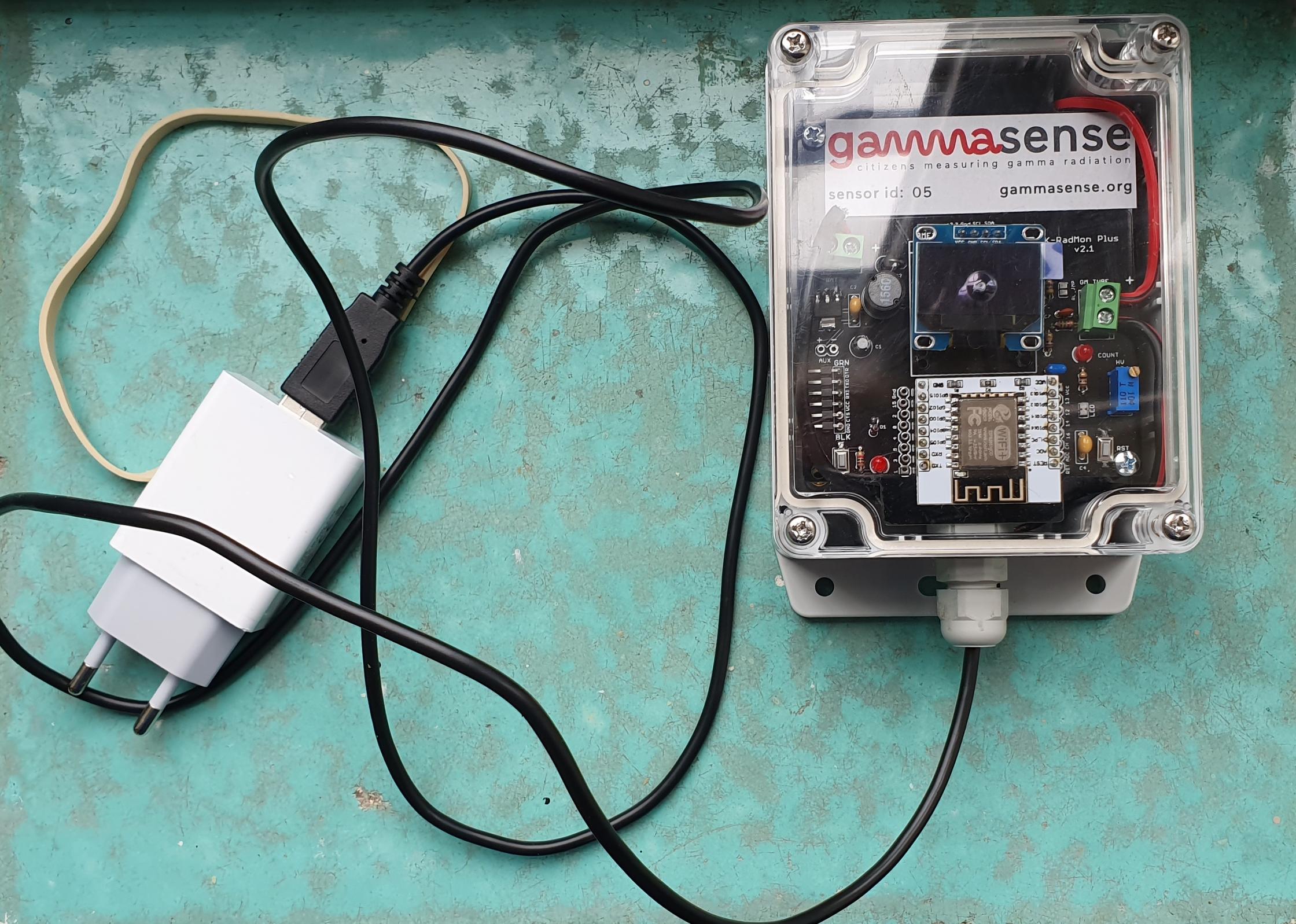In this short series we talk to people of Amsterdam who have a short or long time experience with measuring particulate matter (PM) at home. PM consists of airborne particles of different sizes, origin and composition and is regarded as air pollution. Together with the National Institute for Public Health and the Environment (RIVM), Waag is developing PM sensors that can be put together at home and can be used to measure the level of air pollution in your own street.
In this second edition: Nico van Gog.
Why are you participating and what do you think is important about measuring?
Currently we are smoking ourselves out. There is, of course, more to it than just emissions, but things are not going well anymore. Every year, 400.000 people die of fine dust in Europe. You can’t smell or see fine dust. At least, that’s what we think. We don’t notice it because we’re used to it. Just go to a nature reserve, and you are suddenly surprised that you can look so far. There are some good programmes about it on TV but I sometimes wonder if people watch them.
I think the most important thing about measuring is that you can immediately confront people with the results. If it is not so bad, then that’s a nice bonus. But if it is bad, then that’s good to know as well. Just like the road signs that give immediate feedback on whether you’re driving too fast or not.
What results are you looking for and what have you achieved so far?
I want to show the things you can’t see on the street with data. I also want to take a broader approach to measuring, as well as a more extensive and perfectionistic approach. Our measuring now is too limited, we should also measure NO2, sulfur, O3 and of course, noise. In addition, the upper limits for NO2 should be lowered, because they are now very difficult to reach even if pollution already occurs.
Currently I already share a lot of data on Twitter, and here I notice that more and more people are interested in clean air. Data in cities is the new gold, it appeals to people. Through Twitter I also came into contact with the municipality.
Why should everyone use an air quality sensor?
If Amsterdam becomes a leader in measuring, then the measurements can form a kind of spider web on Amsterdam. It would be best if we could link this to a data-related website where you can look at all the data again, and also in real time. This can help to make people more aware of the pollution and patterns. Then you can also compare it with your own neighbourhood. Several parties, including citizens, have to work together to achieve this.


